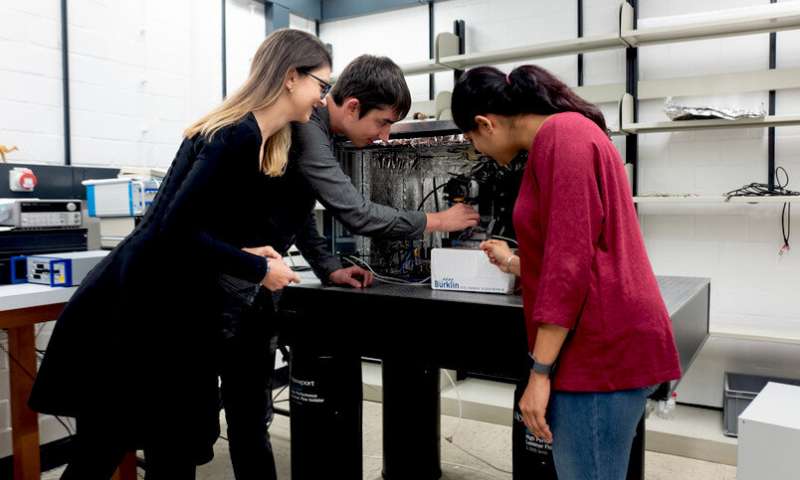Chemists have developed a new method with which they
can characterize individual noble-metal-free nanoparticle
catalysts. The particles could be a cheap alternative to precious
metal catalysts for obtaining hydrogen from water by means of
electrolysis. “In order to develop effective nanoparticles, we need
to understand how the structure and activity of individual
particles or small particle groups are related to each other,” says
Professor Wolfgang Schuhmann of the Center for Electrochemistry at
Ruhr-Universität Bochum. He describes a new measurement method for
this purpose together with the researchers Tsvetan Tarnev and Dr.
Harshitha Barike Ayappa from Bochum and Professor Corina Andronescu
from the University of Duisburg-Essen and other colleagues in the
journal Angewandte Chemie of 1 October 2019.




